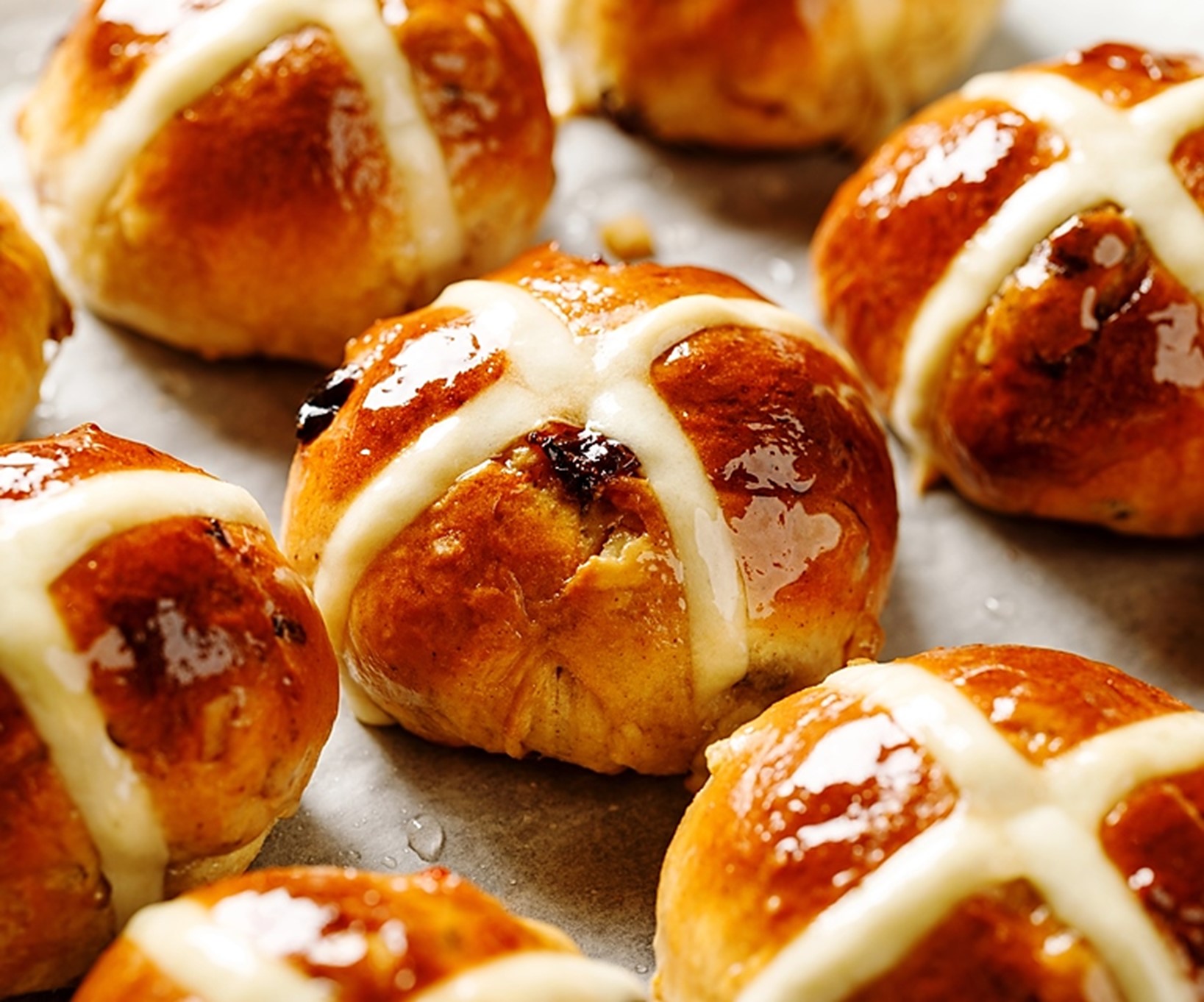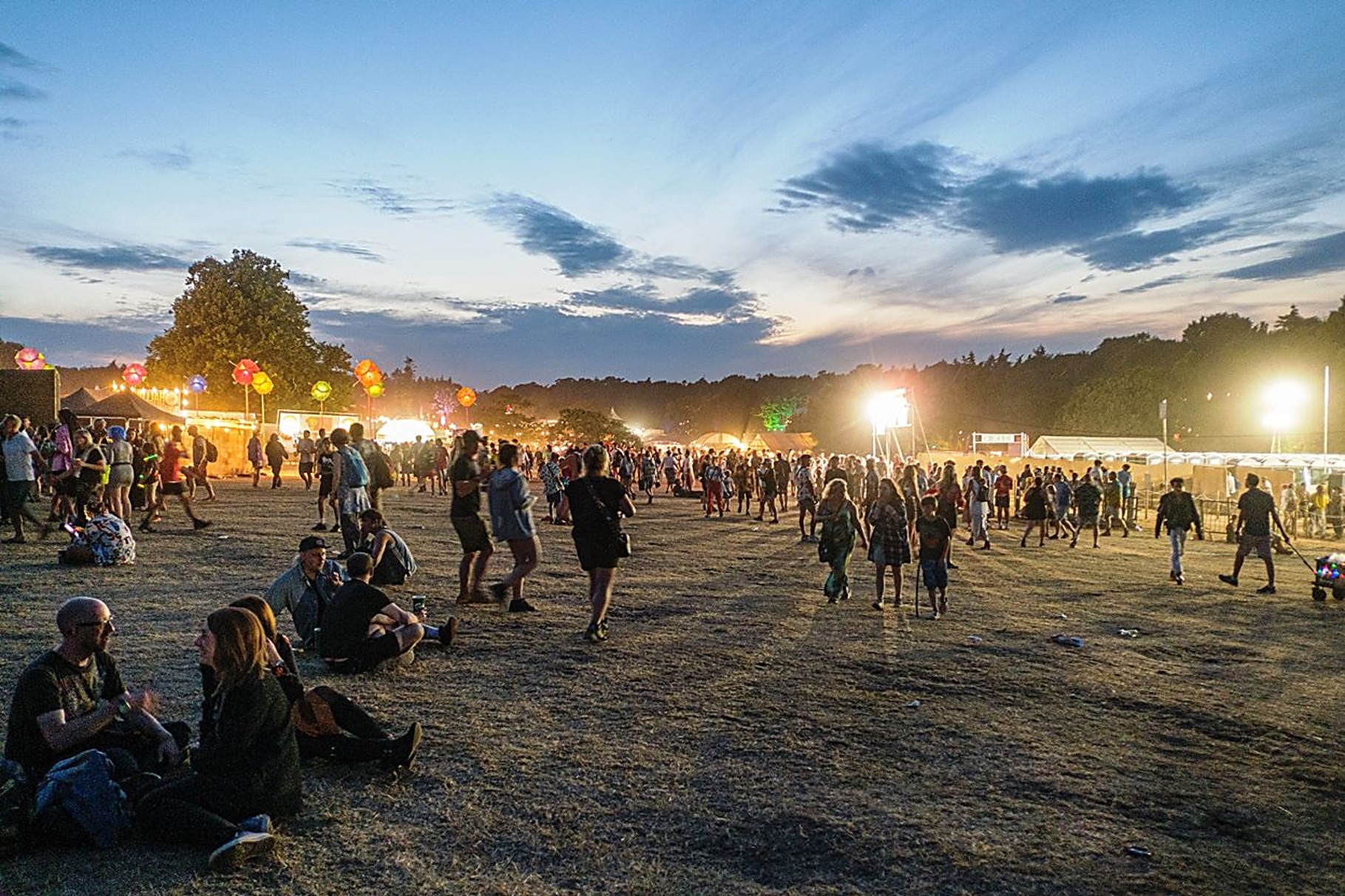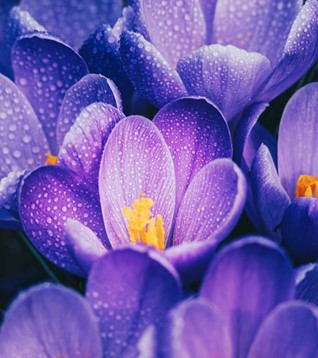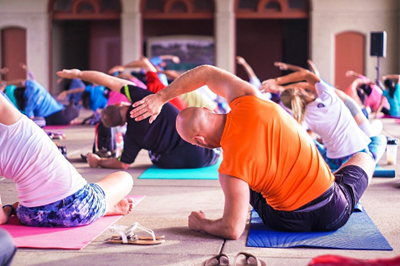
by Fern Shaw | Apr 17, 2025 | water cooler, Water Coolers
Easter’s that magical time of year when chocolate eggs multiply faster than you can say “just one more,” family lunches somehow turn into full-on feasts, and you start wondering if hot cross buns count as a balanced diet (they do have fruit in them, after all). But while we’re busy nibbling our way through mini eggs and dodging competitive egg hunts, there’s oft one thing that tends to get overlooked: staying hydrated.
Yep, amongst all the sweet treats and celebratory sips, good old water often ends up playing second fiddle to prosecco and tea. But hear me out – hydration is the ultimate Easter hack. It’s the low-key legend that helps you stay energised, makes sure the excessive chocolate consumption doesn’t hit too hard and keeps your skin glowing enough to rival a foil-wrapped bunny.
Whether you’re corralling children on a sugar high, hosting the family roast, or just enjoying the long weekend lazing in the garden, drinking water throughout the day can make a world of difference. No pressure to glug litres – just a steady top-up here and there to keep things ticking over nicely.
And let’s not forget the seasonal flair. Pop some lemon or mint in your glass, pour it into a fancy water glass, or go full Easter chic with a pastel straw. Hydration, but make it festive.
So in between the Easter egg hunts, the catchups and the inevitable “I probably shouldn’t have had that third helping” moment, give a little love to water. Your body – and your post-roast nap – will thank you.
Here’s to Easter, hydration, and balance (even if it’s one chocolate egg in each hand). Cheers – with a nice, cool glass or bottle of water, of course – from us here at AquAid to you!

by Fern Shaw | Apr 14, 2025 | water cooler, Water Coolers
First impressions matter, especially when welcoming customers and visitors into a business or workplace.
In any public space – be it a business, community centre, library or event venue – small touches can make a big difference in how customers and visitors feel. One of the simplest yet most effective ways to enhance their experience is by offering easy access to drinking water. Whether it’s through water dispensers, refill stations for reusable bottles, or a water jug and glasses at reception, the gesture goes a long way in showing care and consideration.
Being able to grab a quick drink can help people feel welcome, relaxed and looked after. It’s especially appreciated on warmer days, during long appointments, or when visitors have travelled some distance. A water station doesn’t just quench thirst – it signals that their comfort matters. And for businesses, it’s a subtle but meaningful way to build goodwill. When people feel good in your space, they’re more likely to stay longer, engage more positively and leave with a favourable impression.
Offering water isn’t just about hospitality, either. There’s a growing awareness around sustainability and reducing non-recyclable, single-use cups. By providing places where people can refill their own water bottles, organisations are supporting greener habits. It shows alignment with environmental values that more and more customers care deeply about.
From a practical perspective, installing a water cooler is a cost-effective option. A wide range is available – from compact countertop models for small workspaces to high-capacity dispensers suited to schools, universities and large organisations. Easy to install, maintain and service under contract, they offer excellent value, especially when weighed against the positive feedback and customer satisfaction they can bring.
For places that see frequent footfall, such as gyms, salons, co-working spaces, or tourist spots, the benefits multiply. It’s also worth noting that being able to offer water can support inclusivity too. Not everyone is comfortable asking for a glass of water, especially in unfamiliar settings. Making it easily available removes that barrier and helps create a more welcoming atmosphere for all.

by Fern Shaw | Apr 8, 2025 | water boiler, water cooler, Water Coolers
As we move into the (hopefully) warmer months of spring, it’s important to remember how essential staying hydrated is, particularly at events, concerts, festivals and conferences. As temperatures rise and people spend long hours outdoors or in crowded spaces, access to fresh drinking water should be a top priority. It’s something that we may often overlook when attending such events. Sadly, this has the potential to negatively impact both your health and experience of the event.
Furthermore, spring is the season when outdoor events really start to ramp up, with many people taking advantage of the milder weather. Whether you’re attending an open-air concert, a local festival, outdoor markets or a conference with long sessions, it’s easy to forget how much water your body needs when you’re caught up in the excitement. But dehydration can creep up on you, leaving you feeling sluggish, irritated, or even more prone to headaches. By staying hydrated, you can keep your energy levels up and make the most of the experience.
Proper hydration supports mood, energy, and overall enjoyment, contributing to the success of any event. Having easy access to drinking water can make a huge difference in this regard. By providing convenient water stations, organisers demonstrate a commitment to attendee well-being, creating a positive and refreshing atmosphere that aligns with the season’s spirit of renewal.
Carrying your own reusable water bottle is one way to make sure you’re never without, so it’s always worth checking ahead to see what your event offers in terms of water accessibility – and if you’re attending something like a festival or concert, ensure you’re aware of where the water cooler stations are located.
Ultimately, making sure you stay hydrated at events this spring is all about looking after yourself and ensuring that your experience is enjoyable from start to finish. So, when you’re out and about, keep your water bottle topped up and drink often – it’s one simple step to make your spring events even better.

by Fern Shaw | Mar 31, 2025 | Uncategorized, water cooler, Water Coolers
With children having already been back at school for three months and with International Children’s Book Day soon approaching, it’s the perfect time to reflect on the immense value of children’s books and literacy. Learning to read is fundamental to a child’s development and books play a vital role in nurturing this skill, as well as inspiring a love for learning that lasts a lifetime.
Children’s books spark the imagination, introduce new concepts and teach essential values. The beauty of reading is not just in the stories it tells, but in the way it opens children’s minds to endless possibilities. Books encourage curiosity, expand vocabulary and help develop empathy by allowing children to see the world through the eyes of others. International Children’s Book Day serves as a timely reminder of how important it is for both parents and educators to inspire children to read, whether by encouraging independent reading or by reading aloud together.
A child’s ability to read well is at the core of their education. Reading is not only for enjoyment but is also a gateway to acquiring knowledge across all subjects. The more children read, the better they can process and understand information, strengthening their cognitive abilities and enriching their overall learning experience. By building literacy skills early, children are better equipped to succeed in school and beyond.
Studies consistently demonstrate that staying hydrated boosts a child’s cognitive abilities, improving focus and concentration. Drinking water helps prevent dehydration, which can cause fatigue, irritability, and reduced mental clarity. This supports their ability to absorb and retain information, enhancing both their academic performance and overall health.
At AquAid, we provide high-quality water coolers and fountains tailored for school environments, ensuring children have easy access to a constant supply of drinking water.
By encouraging a love for reading and ensuring children stay hydrated, we can together help pave the way for generations of well-informed, capable individuals who are always learning.

by Fern Shaw | Mar 26, 2025 | bottle fed water coolers, water cooler, Water Coolers
Finally! Spring has sprung! After what can sometimes feel like an eternity of grey skies and chilly mornings, there’s a real sense of things coming back to life. And just as the natural world is renewing and re-energising, it’s a cracking time for us to think about doing the same for ourselves.
One of the simplest, yet most effective ways to give yourself a boost, no matter what you’re up to, is to make sure you’re drinking enough water. Whether you’re on your way to work, hitting the gym, sitting at your desk, putting your feet up at home, or out and about socialising – honestly, for pretty much anything you’re doing – staying properly hydrated can only do you good.
Now, if we turn our thoughts to the workplace, a lot of organisations are probably thinking about how to refresh things after the winter months. So, the question is, how can you help your company feel ready for this season of renewal? Here at AquAid, we genuinely believe we have the perfect solution to make it easy for your workforce to keep those hydration levels topped up throughout the working day. Whether your team prefers a nice cool drink, something chilled on a warmer day, or even instant hot water for a cuppa, and no matter the size of your organisation, AquAid has an office water cooler that will fit the bill perfectly.
We offer a fantastic range of water dispensers, catering to all sorts of needs. For schools, where keeping both children and staff hydrated is key, we have a high-volume water cooler that can handle the demand. And for all sorts of other environments, from bustling building sites and busy events to warehouses, workspaces, and offices right across the nation, we’ve got a selection of mains-fed or bottle-fed water coolers able to dispense low, medium, and high volumes of refreshing drinking water.
But there’s more to it than just keeping everyone refreshed. We’re also incredibly proud of the charity aspect of our business. With every mains-fed water dispenser installation and every purchase of our bottled water, there are automatic donations made to the truly fantastic charities we support.
These organisations are doing incredible work implementing safe water resources, predominantly in Africa, for millions of people who desperately need it. These sustainable water projects are a huge part of what we do, and it’s something we know our customers really value. So, when you choose AquAid, you’re not just looking after your own hydration needs; you’re also helping to make a real difference to the lives of others.

by Fern Shaw | Mar 13, 2025 | water cooler, water cooler, Water Coolers, water dispenser
Our kidneys carry a very weighty responsibility in our bodies – as organs, they are one of the biggest multi-taskers we have – they are responsible for a myriad of functions – primarily:
- To remove waste and extra fluid.
- Control blood pressure.
- Make red blood cells.
- Keep bones healthy (Vitamin D production) and
- To control pH levels.
As our kidneys consist of 79% water it becomes more apparent of how crucial they are to keeping our systems running smoothly.
To elaborate: Water helps the kidneys remove wastes from your blood in the form of urine. Water also helps keep your blood vessels open so that blood can travel freely to your kidneys and deliver essential nutrients to them. But if you become dehydrated, then it is more difficult for this delivery system to work. Mild dehydration can make you feel tired and can impair normal bodily functions. Severe dehydration can lead to kidney damage, so it is important to drink enough when you work or exercise hard.
What may not be that apparent though is experiencing pain in the kidneys is often mistaken for back pain, which can be why we may not always realise that our kidneys are water deficient and are unable to function at optimal level.
That’s why it’s important to maintain good drinking water habits as this often is the simplest method towards ensuring good kidney health.
Due to the complex nature of our body’s kidney’s function, it’s always good to monitor your water consumption and to be ‘water wise.’
One of the first indications you may be dehydrated can easily be seen in the colour of your urine. If you’re sufficiently hydrated, your urine will be light yellow or close to colourless. The darker yellow your urine is, the more dehydrated you are.
Another reason to maintain sufficient water intake is this practise can help reduce the likelihood of both kidney stones and urinary tract infections (UTIs). Kidney stones form less easily when there is sufficient water available to prevent stone-forming crystals from sticking together. Water helps dissolve the antibiotics used to treat urinary tract infections, making them more effective. Drinking enough water also helps produce more urine, which helps to flush out infection-causing bacteria.
At AquAid we take the business of proper hydration seriously, from several perspectives:
We’re constantly working to ensure that our customers are supplied with water dispensers that perfectly match their drinking water requirements.
We also provide re-usable water bottles to schools to encourage healthy hydration habits among the children (and staff!)
We understand the importance of helping others gain access to clean drinking water. Which is one of the reasons that, for over 24 years, AquAid have donated funds to charity. The charities we support implement sustainable water projects for people in need. To date, we have donated over £22 million funding vital access to potable water for more than four million people.






